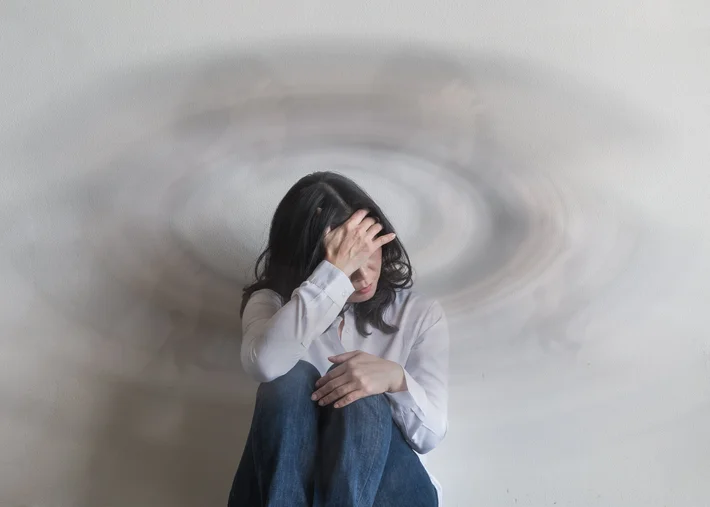
Meet with the best balance disorders physical therapists in Green Valley Ranch, Nevada
Green Valley Ranch, Nevada, Luna employs physical therapists that specialize in treating patients with balance disorders. Our PTs can help these patients regain confidence in their ability to walk without falling and return to the activities they enjoy — quickly and safely.
The best part? With Luna, patients can receive physical therapy for balance disorders at home. Our physical therapists come to you — it’s physical therapy, delivered.

What is a balance disorder?
The term “balance disorder” refers to a number of conditions that cause frequent or constant dizziness or unsteadiness. Certain underlying health conditions, medications, or problems in the brain or inner ear can all cause balance disorders.
One’s sense of balance relies on signals between the brain, eyes, ears, and muscles in the legs. A problem with any one of these systems can result in a balance disorder, which is why it can sometimes be very difficult to identify the cause of (or correct) a balance disorder.
Balance disorders manifest themselves in different ways depending on the patient and the underlying cause. Some patients may experience prolonged, intense dizziness, while others may experience fleeting fainting spells.
Source: NIH

What causes balance disorders?
It can be difficult to identify the exact cause of any given balance disorder, as they can be caused by a diverse array of conditions. Generally, the underlying cause is related to the most pervasive sign or symptom of the disorder. Patients with persistent vertigo, for example, often have a problem in the inner ear or brain; an inner ear virus or a concussion can both produce this symptom.
Patients who experience frequent bouts of faintness or lightheadedness, on the other hand, tend more often to have underlying conditions which affect blood pressure, like hypotension or cardiovascular disease. Loss of balance can be attributed to joint, muscle, or vision problems, or to certain medications or underlying conditions.
The most common causes of balance disorders include:
- Medications
- Neurological conditions
- Injury or infection in the inner ear
- Low blood pressure
- Cardiovascular disease
- Joint or muscle problems

















